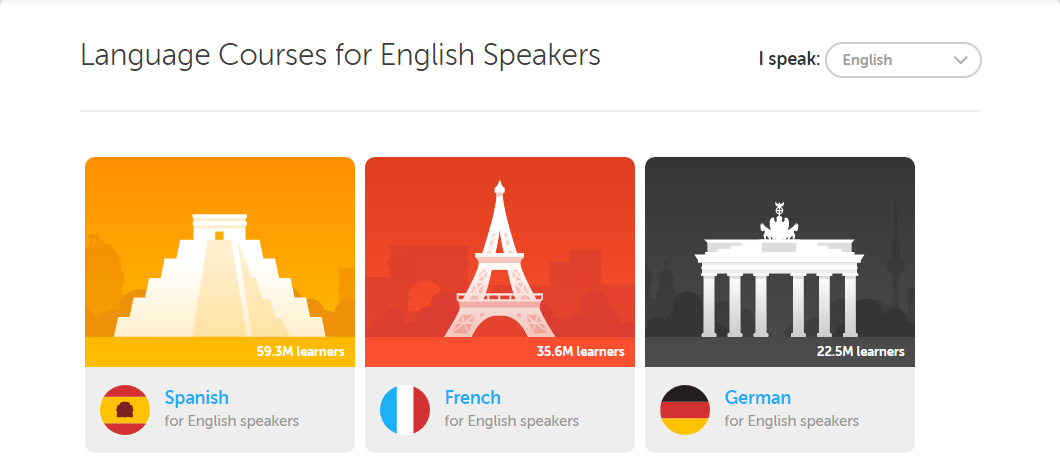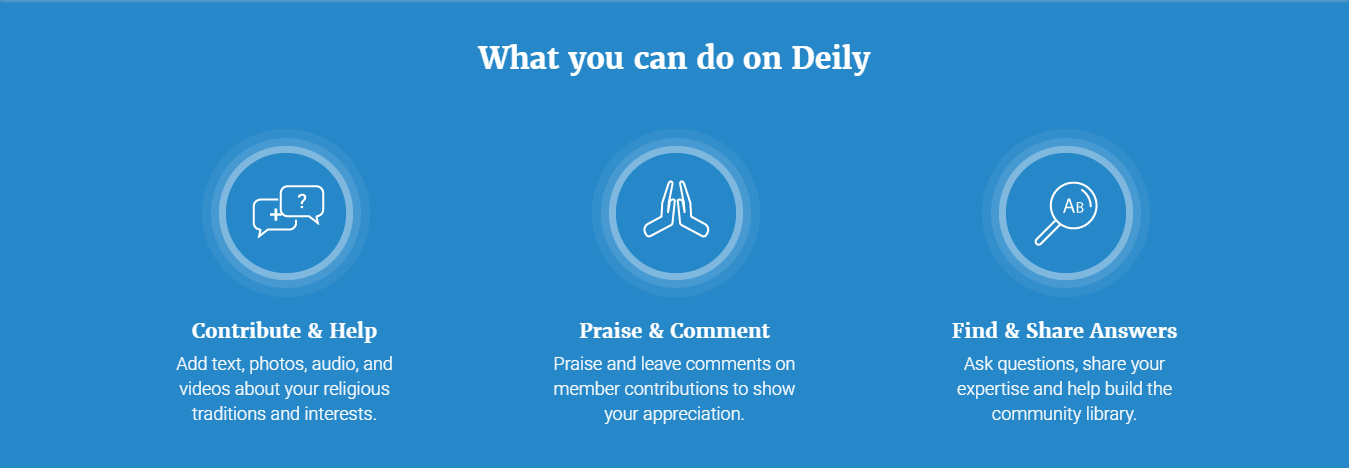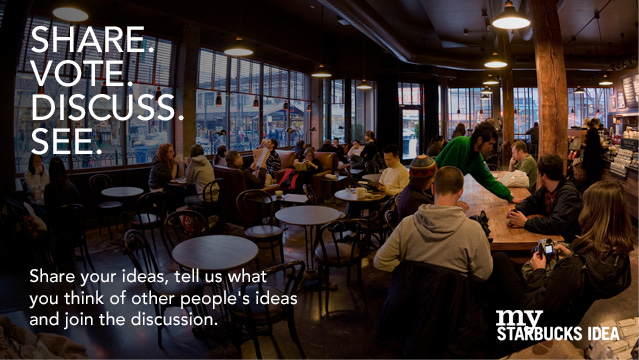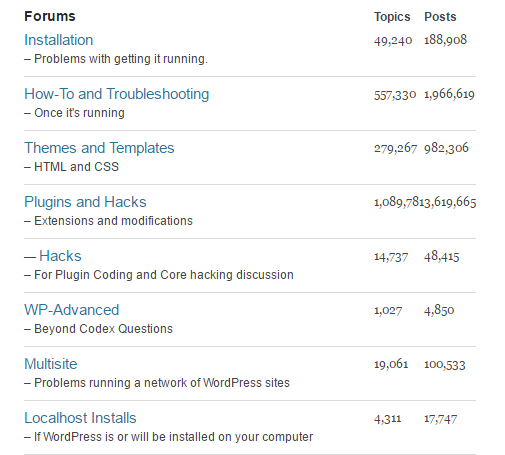Businesses need to build a community in order to promote meaningful engagement with their target audience. From these engagements, you can unearth ideas to help your brand grow, among the many other benefits that online communities provide.
What is an online community?
An online community is a group of internet users who form a community around a shared interest. It takes conversations that would happen in person onto social media, among people from all over the world. While these days an online community may be likeliest to start on a social media platform (e.g., a Facebook group), they can also form and thrive in the comments section of a website or blog post, or in forums and email threads.
When an online community forms around your product or company, you may be able to turn the community members into advocates for your brand. You can also leverage their social media presence to drive customer engagement with your products.
How do online communities work?
The power of online communities is that anybody with an internet connection can easily figure out how to build one that fulfills their interests. A person or business that starts an online community sets it up so that members can easily join – whether or not an approval process is in place – and connect with other users to discuss shared interests whenever they want, wherever they want, entirely online.
Where can you find online communities?
Online communities are common on social media. These days, it's not difficult to find a Facebook group or Twitter hashtag dedicated to just about any cause, cultural figure or brand. While social media platforms may be the most common source, online communities can also connect their members via forums, emails, and comments sections on websites and blog posts.
Benefits of building an online community for business
A branded online community can benefit your business in several ways:
- Easier, quicker connections with customers and, therefore, better customer service
- Bolstered social media presence on Twitter, Facebook, Instagram and other major social media sites
- Identification of top-level customers as brand advocates who can use their social media presence to promote your business
- Access to ideas from loyal customers on how to improve your business, products and services
- Faster routes to potential new customers and higher likelihood of retaining current customers
- Increased cross-sell, upsell and add-on revenue
Types of online communities
There are four main types of online communities your business should know:
- Social communities: As the name implies, these communities are built on social media platforms. Businesses can leverage them for marketing, brand awareness and audience expansion purposes.
- Support communities: In support communities, your customers offer support and help to other customers, lowering your customer support costs.
- Advocate communities: In advocate communities, brands incentivize their most loyal customers to promote the brand on the internet.
- Insight communities: In insight communities, businesses get feedback from longtime customers on how their products or services could improve.
Examples of successful online business communities
Brands that have built an online community successfully include Duolingo, Starbucks, WordPress, Lego, Deily and Figment. Below are some insights into why their communities are so successful – and how you can build a similarly valuable online community.
How to build an online community
If you want to maximize the performance of your business and encourage success, then you need to follow the tips below – with real-life examples – for how to build an online community.
1. Embrace different levels of commitment from members.
Realize that some community members will be more active than others, while a portion of them won't be active at all. The important part of building an online community is embracing what all your members have to offer. Some prefer to share ideas and be part of the conversation; others take those ideas and run with them. You can't demand active users to dial down their engagement and inactive users to participate if they do not want to. What you can do is fuel the conversation and get everybody involved in their way.
Take a cue from how Duolingo built a community to help its target audience learn different languages. The site encouraged users to contribute course content and moderated submissions to ensure quality.
Contributors were incentivized for their efforts with recognition and recommendations from Duolingo for what they wanted to achieve (such as a job or college). At the same time, users who took the course were impressed enough that they recommended the app to other people, thus increasing Duolingo's brand awareness among its target audience and gaining it more users in the process.
2. Offer a platform for users with different perspectives.
If your business covers a sensitive and divisive subject, you need to approach the topic in a peaceful light by bridging the gap between people and misunderstanding, encouraging them to open their minds to new experiences and perspectives.
This is what Deily strives to accomplish as a faith-based community platform. People have conflicting views about religions – including conflicting views among members of the same faith – which could lead to heated arguments and greater misunderstanding. But the site offers a chance for people to open up their faith and beliefs in a constructive manner so that all users can understand other religions from a more grounded perspective.
Deily also offers you a chance to connect with people who share your faith and answer questions from other users about your religion.
3. Encourage users to create content.
Showcasing user-generated content gives your community a platform to share their unique content and connect with other users who have similar interests. You can feature their ideas on your site and social media pages to increase exposure and give credit to the users who came up with them.
The community platform My Starbucks Idea proved how powerful crowdsourced content is and how active a community can be. The platform gave birth to ingenious ideas such as the splash sticks, which keep coffee from spilling from the hole in the cover. The concept for Starbucks to crowdsource ideas came at a time when the company was closing 600 stores in the U.S.
Thankfully, the risk of giving its customers a voice on how to improve the product paid off.
According to Social Media for Business Performance at the University of Waterloo, "My Starbucks Idea sparked social for a company that is synonymous with not only great coffee, but its own deeply rooted culture with a style all their own."
4. Let users educate one another about your products.
Let your community members teach each other about your products and how to properly use them. By breeding a community that is willing to help each other out, you can drive new customers to whatever you are selling.
WordPress is one of the most used platforms for building a site or blog. Since it is an open-source project, volunteers have helped develop not only the core software but also its themes and plugins. And because so much can be done with WordPress, users find themselves searching for ways to get the most out of the platform.
These are just a few reasons why WordPress Forums is one of the most vibrant and active communities online. The forum is a great place to get acquainted with WordPress, as well as for tips and tricks to optimize your site, providing its users with a productive and collaborative experience. Most importantly, the forum is moderated by a community manager and other experts who are more than willing to answer queries about the platform, themes and plugins.
5. Cede power to the people.
Don't let your desire for brand awareness interfere with the discussions among your users. This destroys the authenticity of their interactions and could turn people off to your business.
Take a cue from Figment, which welcomes teenagers with a passion for fanfiction to create their own stories, share others and recommend products, all without worry about the brand hijacking the content of users.
The cool thing about the site is how it promotes its writers on the homepage. By giving featured writers the recognition, Figment encourages more writers to keep writing to the best of their abilities so they can get featured as well and draw more readers to their work. The featured section on the website allows Figment to reassure users that it is all about them and their works.
6. Allow the community to influence your business.
Take heed of valuable insights from your community members, and listen to their needs so you can improve your products and services based on their suggestions.
Despite being an unofficial community of Lego, Lugnet has become a source of information even for Lego itself. Lego markets to children, but this didn't stop A.F.O.L. (Adult Fans of Lego) who share their creations with other fans and collaborate on different projects on the site. In fact, their contributions on Lugnet were so good that it helped Lego expand to different markets.
Because of its rabid fans, Lego established a working relationship with the users of Lugnet, who continue to provide the company with valuable insights and uses for its products.
7. Set boundaries.
Your brand represents something in the industry, and you need to maintain that image in your community. Therefore, you need capable people who will moderate your community – a community manager and firm community guidelines are vital – and uphold your brand image.
Moderators will be responsible for approving posts and submissions, banning members if need be, and maintaining a healthy relationship between your brand and members, all within community guidelines. By following the SEE method, they will add value to your business:
- Support knowledge exchange. Allow users to disseminate information that will provide value to new and old members alike that are in line with your missions and goals.
- Encourage others to be visible online. Come up with ways to engage different types of users to help build a vibrant community.
- Enable access to tools and resources. Provide members a place to not only learn from other people and share their experiences but also point each other to valuable resources to expedite their growth and success.
These key roles of moderators and the other best practices above will all help you to build an online community that not only connects users to each other, but makes them feel more connected to your brand.
Christopher Jan Benitez contributed to the reporting and writing in this article.





